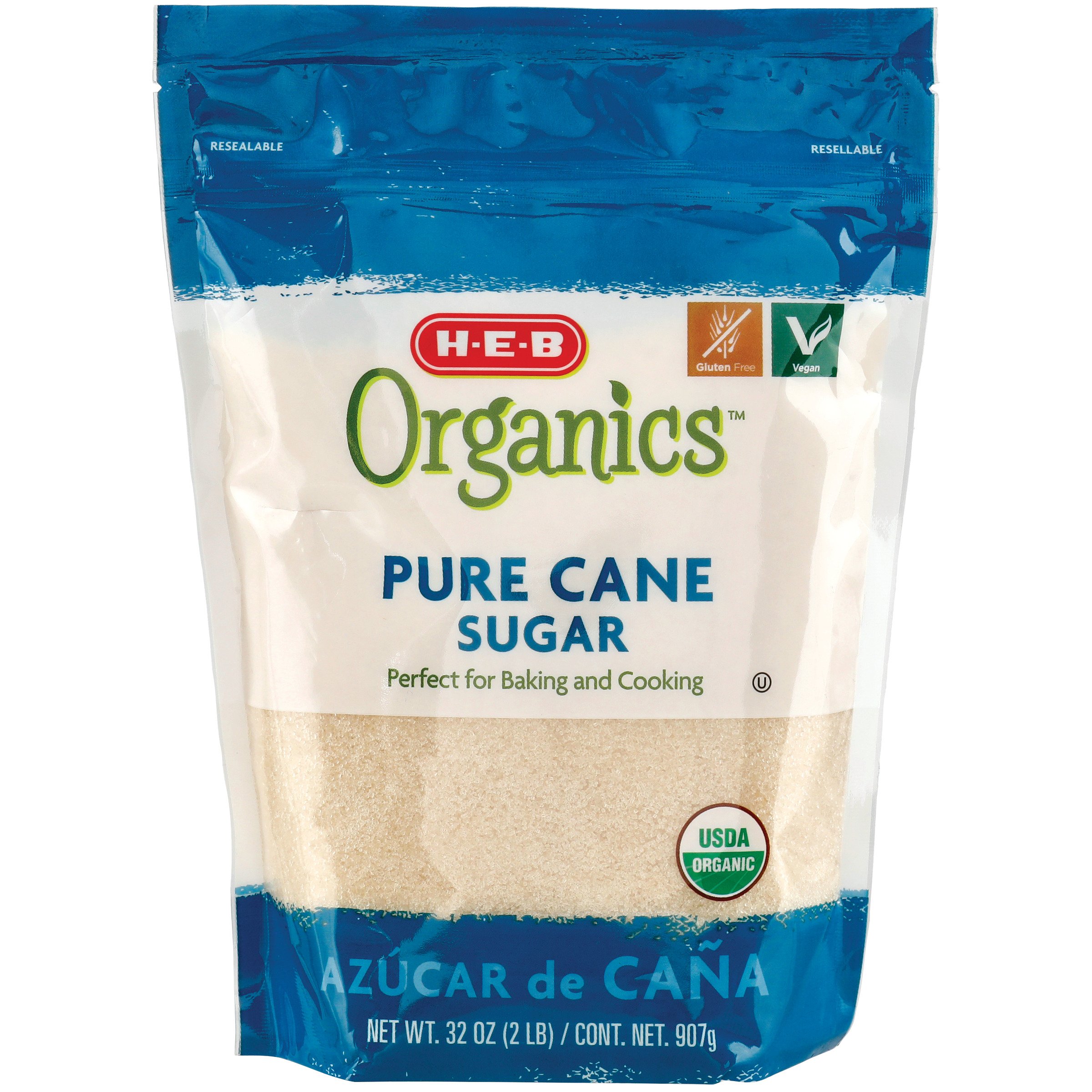Cane Sugar Processing: From Area to Table-- A Step-by-Step Guide
Cane Sugar Processing: From Area to Table-- A Step-by-Step Guide
Blog Article
A Thorough Overview to the Environmental Influence and Sustainability Practices in Walking Cane Sugar Processing
The ecological influence of cane sugar processing offers an intricate variety of obstacles that warrant mindful assessment. From dirt destruction and extreme water usage to the carbon impact connected with farming and manufacturing, the repercussions of typical methods are significant. In comparison, the adoption of innovative sustainability procedures offers a path towards much more responsible production techniques. Understanding the interaction between these issues is critical for stakeholders in the market. What specific practices can be carried out to strike an equilibrium between productivity and ecological stewardship? The solutions lie in a more detailed check out both the challenges and possible services.
Overview of Cane Sugar Handling
Cane sugar handling includes a series of systematic steps that transform sugarcane into polished sugar. Originally, gathered sugarcane is delivered to processing centers, where it goes through cleaning up to get rid of soil and debris. Following this, the walking cane is squashed to remove juice, which is then clarified by eliminating impurities via home heating and the enhancement of lime.
The cleared up juice undertakes dissipation, where water is gotten rid of to concentrate the sugar content. These crystals are separated from the remaining syrup making use of centrifugation, resulting in raw sugar.
The final product is then dried out and packaged for distribution. Throughout this entire procedure, preserving performance and quality assurance is important to guarantee the sugar fulfills industry criteria. Each action in walking cane sugar handling not only contributes to the end product yet likewise has implications for resource use and waste generation, setting the phase for discussions on sustainability and ecological influences linked with sugar production.
Environmental Obstacles of Production
The manufacturing of walking cane sugar provides numerous substantial environmental difficulties that warrant attention. One key issue is the comprehensive use agrochemicals, including plant foods and pesticides, which can bring about dirt deterioration, biodiversity loss, and contamination of regional water resources. The runoff from sugarcane fields often lugs these chemicals into close-by ecosystems, interrupting aquatic life and impacting the health of neighborhoods reliant on these water bodies.
One more challenge is the high power intake connected with sugarcane handling. The boiling and refining phases need significant warm, primarily produced by shedding fossil gas, contributing to greenhouse gas emissions. In addition, the large land location needed for sugarcane farming can bring about deforestation and habitat devastation, additional intensifying environment adjustment and threatening wild animals.
In addition, the labor practices in some areas elevate honest worries, as workers might encounter bad working conditions and inadequate salaries. This circumstance usually continues a cycle of poverty in local communities. Cane Sugar Processing. Addressing these ecological challenges is essential for establishing much more lasting methods in walking stick sugar production, inevitably benefiting both the environment and the areas entailed in this industry
Water and Land Use Impact
Water resources and land application are essential elements in the cane sugar sector that dramatically impact the atmosphere. The farming of sugarcane requires substantial water input, with quotes suggesting that it can take in as much as 2,000 litres of water per kilogram of sugar generated. This extensive use water frequently leads to deficiency of regional water sources, influencing not only the sugarcane haciendas yet also surrounding environments and communities that count on the very same water sources for agriculture and domestic usage.

Moreover, land usage for sugarcane growing can result in deforestation and the conversion of natural environments into monoculture ranches. This method decreases biodiversity, disrupts neighborhood environments, and adds to dirt deterioration. The development of sugarcane areas typically intrudes on useful agricultural land, creating competitors for resources in between food and biofuel production.
Sustainable practices, such as enhancing watering methods and carrying out plant turning, are important to mitigate these effects. By taking on a lot more reliable water usage and land management methods, the cane sugar industry can reduce its environmental footprint, ensuring an equilibrium between agricultural efficiency and environmental preservation.
Greenhouse Gas Emissions
Greenhouse gas emissions represent a substantial ecological worry within the cane sugar processing industry, specifically as agricultural methods expand to meet global demand. The farming of sugarcane, a crop that thrives in exotic climates, relies heavily on artificial fertilizers and chemicals, which add to nitrous oxide emissions. Furthermore, land-use modifications, including logging for brand-new sugarcane plantations, release co2 saved in greenery and dirt.
During handling, power usage is one more significant source of greenhouse gas emissions - Cane Sugar Processing. Many sugar mills utilize nonrenewable fuel sources to power equipment and create warmth, causing significant carbon impacts. In addition, the transport of raw sugarcane and ended up items includes layers of discharges via fuel burning in cars
This includes examining existing farming practices, processing approaches, and transportation systems to recognize locations for improvement and reduction. Dealing with greenhouse gas discharges is essential for promoting a more lasting cane sugar sector in a changing environment.

Lasting Practices and Innovations
Lasting practices and developments are progressively vital in the walking stick sugar processing market as stakeholders seek to reduce environmental effects while keeping productivity. One considerable advancement is the execution of incorporated plant monitoring, which maximizes resource use by combining soil management, parasite control, and plant turning techniques. This technique boosts return while minimizing chemical inputs and maintaining dirt wellness.
Furthermore, the fostering of renewable resource resources, such as biomass from sugarcane residues, has actually acquired traction - Cane Sugar Processing. By converting waste items right into power, processing centers can minimize their dependence on nonrenewable fuel sources, consequently lowering greenhouse gas exhausts
Water monitoring practices have likewise seen improvements through the recycling and reusing of water in handling plants, considerably lowering freshwater intake. Innovations in innovation, such as precision agriculture, make it possible for farmers to keep track of crop wellness and source use extra properly, ensuring sustainable farming methods.
Moreover, certification programs like Fair Trade and Rain forest look here Partnership urge environmentally responsible farming practices and advertise social equity within the supply chain. By welcoming go now these lasting methods and advancements, the walking stick sugar handling sector can enhance its durability and contribute favorably to environmental stewardship.
Verdict
The environmental influence of walking stick sugar processing offers considerable challenges, consisting of soil deterioration, high water consumption, and greenhouse gas exhausts, alongside honest issues connected to labor methods. Addressing these issues with lasting practices, such as integrated plant management, sustainable energy adoption, and water recycling, is crucial. By promoting socially equitable and ecologically responsible techniques in sugar production, the industry can mitigate its damaging effects, guaranteeing a much more sustainable browse around this site future for both neighborhoods and ecological communities associated with this field.
Cane sugar handling includes a series of methodical steps that transform sugarcane right into polished sugar. Each step in cane sugar processing not only contributes to the final product however likewise has ramifications for source usage and waste generation, setting the phase for conversations on sustainability and ecological impacts linked with sugar production.
Greenhouse gas exhausts stand for a considerable ecological worry within the cane sugar processing industry, particularly as farming methods increase to satisfy global demand.Sustainable methods and advancements are progressively crucial in the walking cane sugar processing industry as stakeholders seek to lower ecological influences while keeping performance.The environmental impact of walking cane sugar processing offers considerable challenges, including soil degradation, high water consumption, and greenhouse gas emissions, together with ethical worries associated to labor methods.
Report this page